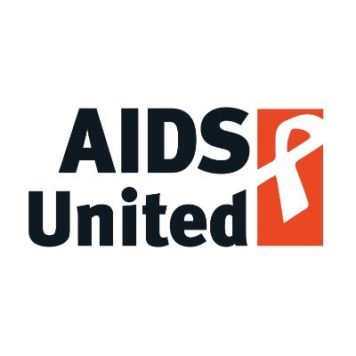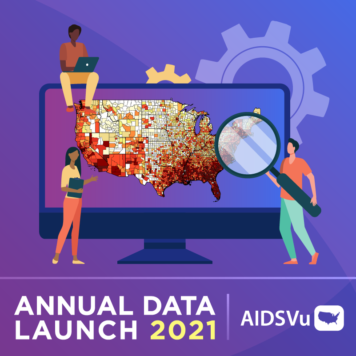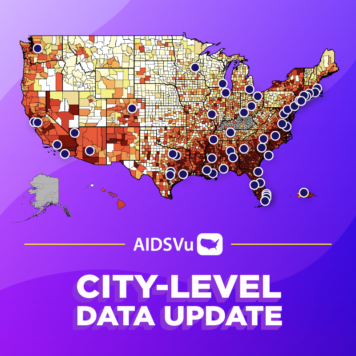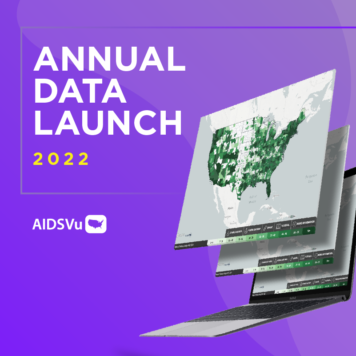Stefan Baral is a physician epidemiologist and a Professor in the Department of Epidemiology at the Johns Hopkins School of Public Health (JHSPH).
Your research focuses on infectious disease epidemiology, especially among gay men and other Men who have Sex with Men (MSM) and people who use drugs. What drew you to this work, and what do you see as the most pressing public health challenge that these communities are facing today?
I was trained as a clinician, and I worked in an HIV clinic in Uganda in the early 2000s when there was a significant number of new infections. Many of the folks I met in the clinic were Men who have Sex with Men (MSM) but were not out to their communities due to a high level of stigma and criminalization. The narrative around HIV across sub-Saharan Africa was that transmission primarily occurred through heterosexual contact, and although I wasn’t doing any epidemiology work at the time, that idea felt highly disconnected from what I had seen as a clinician.
I took those lessons back home with me. When we started studying it, we saw that there are large communities of MSM across Africa, likely as many as anywhere else in the world. But given criminalization and stigma, they had not been part of the story and there were no or few LGBTQ-oriented services for them. To try to change this reality, we conducted several studies across nearly 30 countries working with local nascent community groups showing that there are gay men and other MSM in these regions and that a huge risk factor for HIV infection is the criminalization of same-sex practices.
Stigma is a powerful driver of negative health outcomes, including mental health, suicide, addiction, and of course HIV and STIs. It’s important to look at stigma at both the individual level in healthcare and community settings, in addition to structural stigmas represented by punitive laws. In certain parts of Europe, for example, there is far less stigma and gay men and other MSM are living healthier lives across the board. As a result of that, I see stigma in its various forms and at its various levels as the most pressing issue that prevents gay men, transgender women, and other communities from living their best lives.
You have been studying Monkeypox (MPX) care and prevention strategies. Could you provide an overview of what MPX is, how it is spread, and who is at risk of contracting it?
MPX is a virus traditionally endemic to countries in West and Central Africa. Since 2015 we’ve seen increased secondary cases outside of Africa, but it was only in 2022 that somebody noticed an explosive epidemic emerging in Europe. Since then, there have been about 65,000 cases identified across more than a hundred countries, but only about twenty deaths. We’ve seen that it’s not as deadly as we initially anticipated. This may be in part because the only folks who were being diagnosed in Western Central Africa were the sickest, and we didn’t have a good testing strategy in place. We’re coming to understand what we call the pathophysiology of MPX, how it’s transmitted, and the optimal prevention and treatment strategies for it.
Public health experts have likened MPX to the HIV epidemic because of the disproportionate number of MSM contracting the virus, and similar aspects of stigma and shame surrounding the virus. What lessons can we learn from the HIV epidemic to inform the way that we talk about and handle MPX?
We would like to think that we’re a more advanced society in 2022 than in 1982, but in some ways, nothing has changed. There are two dynamics primarily at play here. First, MSM have absolutely been disproportionately affected, not because of some biological determinant, but because MPX has been transmitted within those networks. If it was transmitting more broadly within heterosexual sexual networks, then we would also see it in the way that we see, for example, human papilloma virus being transmitted. A parallel to HIV that we have been seeing is the message that everybody is at risk and thus we don’t need to do anything for specific communities, like having targeted vaccine clinics for MSM. Yet this is not the case, and we needed to be able to deliver those services in a way that is beneficial for MSM in a non-stigmatizing way.
The second factor is that we have started stigmatizing sex again. There is a natural tendency that humans must stigmatize anything related to sex except procreation. This has been a major barrier to folks getting tested because they are afraid that if they were diagnosed, they would be blamed for having sex with the wrong person when really it just acts as a barrier to diagnosis, treatment, and prevention.
There have been many shared dynamics between MPX and HIV, and I think in some ways we have been able to get through MPX in a way that we’ve never been able to get through HIV, primarily due to the ability to vaccinate. But otherwise, in the absence of a vaccine, I worry that the same dynamics that have persisted through the sustained HIV pandemic over 40 years might act in the same way for MPX. I think this dynamic is worth reflecting on, as a society, because we can’t help but stigmatize folks in a harmful way.
A CDC study found that people living with HIV who have MPX are hospitalized more than twice as often as other patients diagnosed with the virus. Can you talk a bit about why we may be seeing this link, and what it means for the way that we provide treatment and prevention moving forward?
I think that there are two primary reasons why this link has happened. The first is an epidemiological reason, which is to say that MSM are disproportionately affected by HIV, and MPX has been spreading very rapidly among gay men and other MSM. So, people living with HIV were already in the networks of people more likely to be infected with MPX to begin with. The second reason is more related to individual health. MPX tends to affect people who are immunocompromised, and people who are living with HIV tend to have compromised immune systems unless they are keeping up with their treatments. I think that it’s unlikely that we would see much higher levels of mortality among people who are up to date on their treatment and are immunocompetent, but this link certainly exists in folks who are historically disenfranchised and living with HIV.
Their viral loads may be very high, and in that case, MPX can be deadly. But even if it’s not deadly, it’s extremely painful. I don’t think people appreciate how painful these lesions and the related complications are. Even if folks aren’t dying from MPX, they are having painful symptoms that can last weeks.
I think the implication is that we really need to prioritize people living with HIV who exhibit any symptoms of MPX for quick testing and treatment. They should be able to get through the lines of people who are low-risk and be prioritized for testing and vaccination.
What advice do you have for people who may be at risk of contracting MPX, and what prevention strategies should people be following to stay healthy?
First, I never give the advice that people should have less sex. Instead, I might suggest avoiding larger parties because they might lead to engaging with a lot of unknown folks, and it isn’t always possible to see if somebody has lesions. We did a study with the CDC that was published in MMWR which showed that gay men and other MSM have been attending fewer large parties and having less sex with people that they don’t know which was likely a major reason for the slowing of new MPX infections over the last few months.
Secondly, learning more about MPX and the symptoms allows you to know whether you’ve been a contact. It’s helpful that we have a vaccine that we can use not only for pre-exposure prophylaxis but also for post-exposure prophylaxis. Even after somebody has had contact, they have up to two weeks to get vaccinated as post-exposure prophylaxis. People who are in one of the MPX risk groups should absolutely get vaccinated, and programs should be making that very easy for them from the provider side. But also, if a friend or a partner expresses that they may have MPX, you can get a vaccine as secondary prevention or post-exposure prophylaxis.
Lastly, if you are starting to get symptomatic, do not try to ride it out at home. There are many pain control methods that we can utilize to help alleviate symptoms. Of course, people who are experiencing severe symptoms can take a relatively short course of antivirals, which is something we’re recommending for folks.




